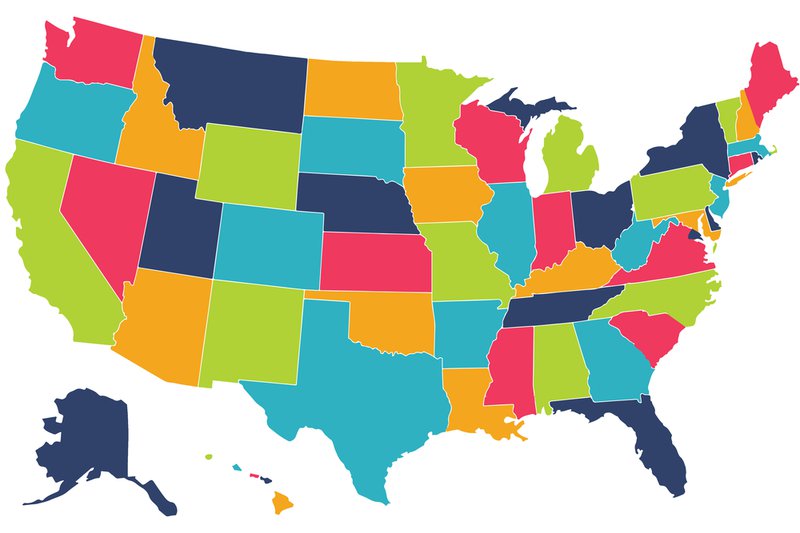New Resource: State School Reopening Plans and English Learners
Blog Post

Sept. 3, 2020
Over the summer, the Johns Hopkins University eSchool+ Initiative released their Analysis of School Reopening Plans that examines K-12 school reopening plans from all 50 states and DC across 12 categories. Using this resource as a starting point, we sought to learn more about the guidance state plans offered specific to English learners (ELs), including identification, reclassification, assessment, instruction, communication with families and more. We read through each state plan and pulled out all of the information related to ELs in an effort to help identify trends and gaps and establish a baseline understanding of how states are addressing the needs of these students. We also identified EL-specific resources on state education agency websites to ensure we captured all of the guidance available to local education agencies and schools.
Our initial research reveals wide variability in state plans, with some states such as Alaska and Kansas offering no guidance specific to ELs and others such as Alabama, Colorado, Minnesota, and Washington offering a variety of resources including guides to online programs to support ELs, information on updated identification and reclassification procedures, strategies for supporting language development from a distance and information on supporting immigrant and refugee families. A handful of states provide reminders of legal obligations to ELs, the need to provide information to families in their preferred language and ways to leverage co-teaching models to support ELs. The discrepancies across states are unsurprising; however, the lack of guidance in some states is cause for concern. Initial reports indicate that EL students faced obstacles to participating in distance education and that school districts had to quickly adapt to devise creative strategies for serving ELs and reaching their families. And a new study by Californians Together found that across 79 school districts, 28 percent failed to provide evidence that they translated communications for families and 56 percent did not offer live instruction on a regular basis during the spring transition to distance learning.
The full 50-state (plus DC) database of EL-specific school reopening guidance can be found here. We hope that the database will provide useful information and resources that can help inform advocacy efforts, increase knowledge of guidance across states and to inform future policy conversations and decision making.
We will continue to update the database in the case of changes to these plans or as new EL-focused resources become available. And we plan to do a deeper analysis of the resources and plans that states have offered to paint a picture of how states are responding to the needs of ELs and their families during these unprecedented and challenging times. EL students are present in every state and ensuring their access to both language instruction and academic content is essential.
Interested in staying up to date on education and workforce policy? Subscribe to our newsletter to receive updates on the latest from our experts.